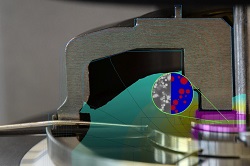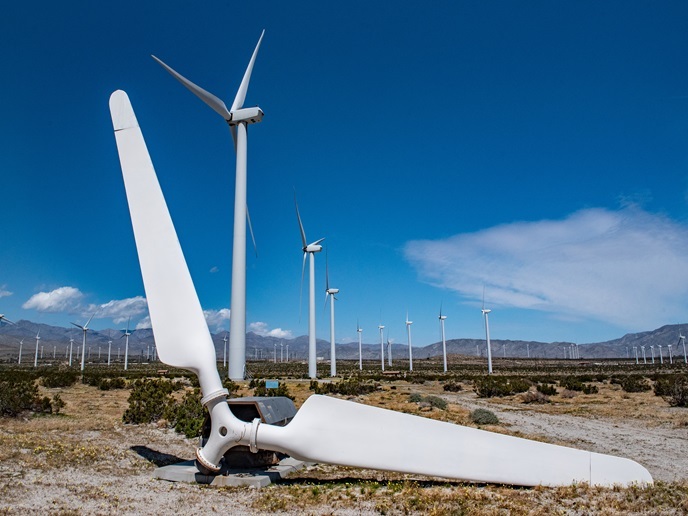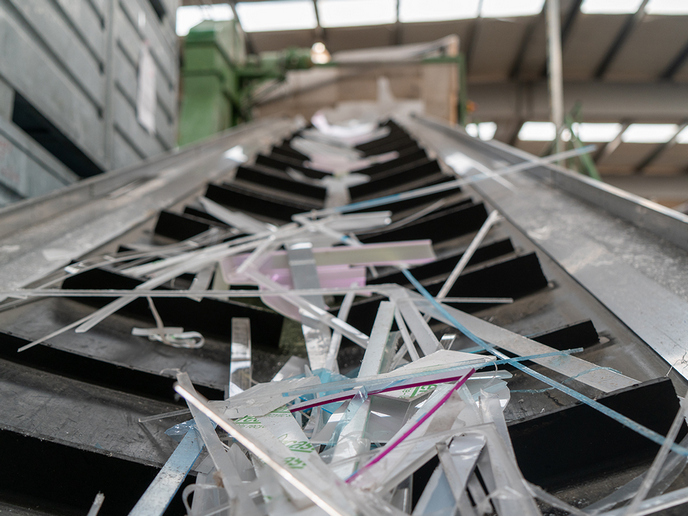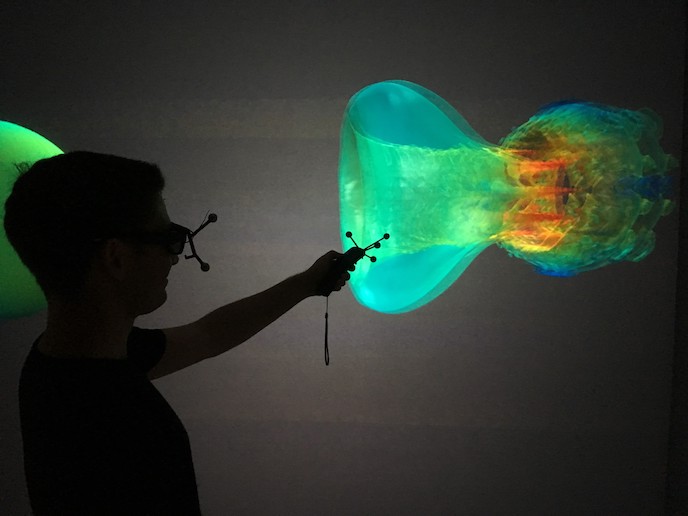Computational homogenisation in magneto-mechanics
Magneto-sensitive elastomers (MSEs) are a new class of materials that change their mechanical behaviour in response to the application of an external magnetic field. These smart materials have received considerable attention in recent years, thanks to their exciting potential uses in engineering applications such as rapid-response variable stiffness actuators and dampers for mechanical systems with electronic controls and artificial muscles for use in robotic and biomechanical devices. As a prerequisite for the design of industrial devices using MSEs, numerous challenges related to the fabrication, testing and computer modelling of these materials need to be addressed. To address these needs, the EU-funded MOCOPOLY project contributed over 40 peer-reviewed publications to the scientific literature on a variety of MSE-related topics. ‘One major result of the project’s intense, multinational efforts was the development of a methodology for repeatedly fabricating MSEs for the purpose of experimental testing,’ says MOCOPOLY project coordinator Paul Steinmann. Exciting experiments Project researchers procured two devices for experimental testing purposes, namely a rotational rheometer and tensile test machine. Using these devices, researchers developed experimental protocols for achieving reliable and repeatable results. In addition, auxiliary experimental studies using state-of-the-art technology provided researchers with an in-depth understanding of the internal structure of MSEs and of the complex structure of the MSE at macro-and microscopic levels. Inspired by the experimental data extracted for the MSE in both uncured and cured states, the project was able to mathematically model the macroscopic deformation characteristics of MSEs at large strains and in the presence of a magnetic field. ‘We used a unique approach to encapsulate the mechanics of the imperfect chain-like structures that are developed by the particles when the material is cured under a magnetic field,’ explains Steinmann. Researchers also developed a computational framework to simulate the curing process of the magneto-viscoelastic MSEs under the influence of a magneto-mechanical load, along with a unified framework for computational analysis of the MSEs using high-performance, open-source software. Some aspects of this framework and the derivative works were then given back to the open-source community. To complement the work at large length scales, micro-structural studies were conducted to determine the influence of the particles within MSEs. ‘We produced a computational model that captured both macro and nano-scale effects and, with this enhancement, were able to represent characteristics that can only be observed at this length scale,’ says Steinmann. Furthermore, the process of homogenisation allowed the team to estimate the effective large-scale properties of a heterogeneous material from the response of the underlying micro-structure. Using computational methods, researchers extended the already established methods to encompass phenomena only experienced within MSEs, including the presence and interaction of magnetisable particles. ‘As a result, we developed and utilised approaches to perform studies that produced a statistical quantification of uncertainties indicated in experimental data,’ says Steinmann. ‘To complement and validate these studies, we developed a robust method for the identification of microscopic material parameters using macroscopic experiments.’ Far-reaching results Thanks to these experiments, the MOCOPOLY project made significant progress towards developing a better understanding of MSEs. More so, due to the fundamental mathematical equations governing magneto-elasticity and the conditions under which the project’s studies were conducted, much of the theory developed for magneto-mechanics can also be directly applied to electro-mechanics, and vice-versa. ‘Through this interdisciplinary overlap, we were able to extend our findings to other interesting electro-mechanical smart materials,’ adds Steinmann.







